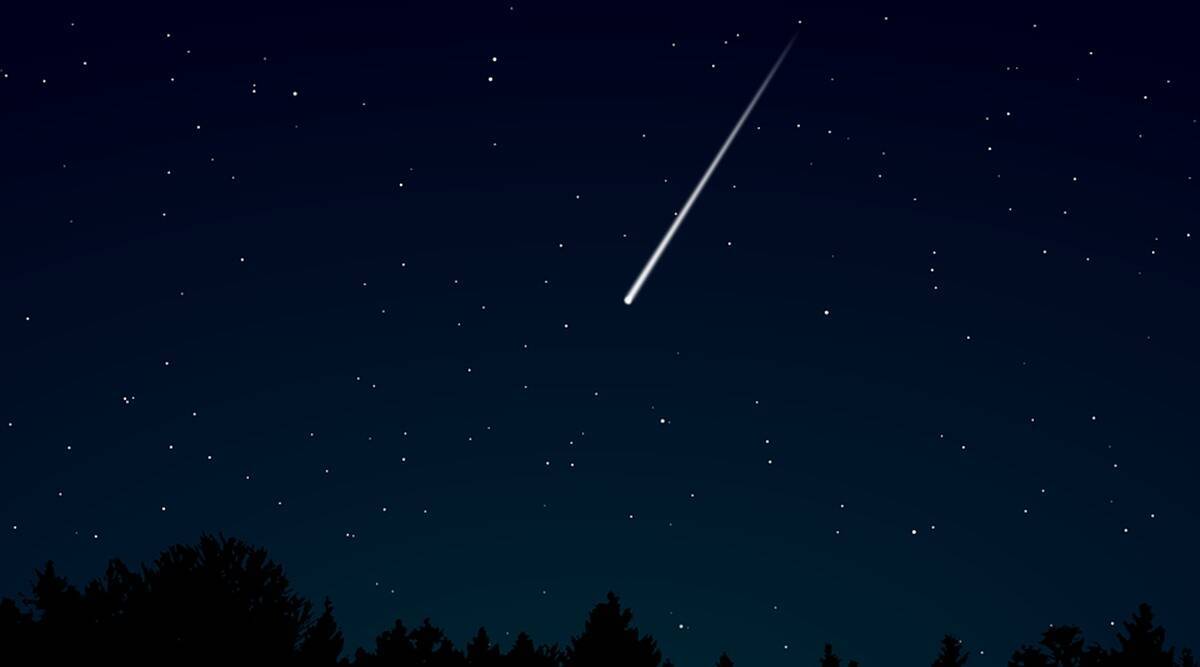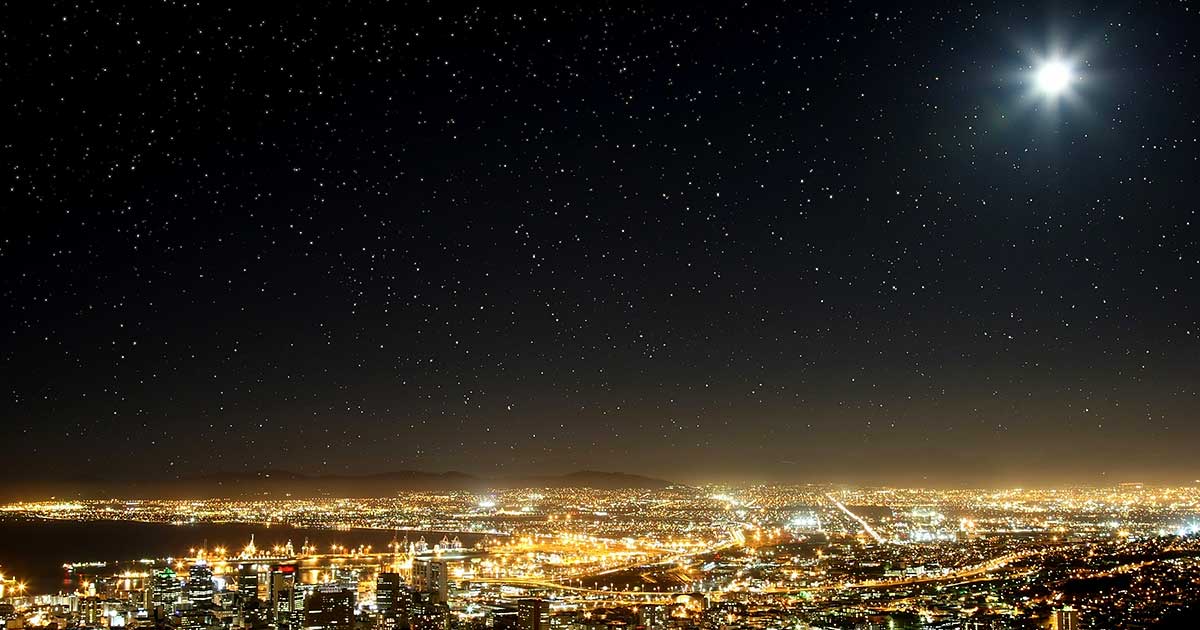
What Are Shooting Stars?
Have you ever seen a shooting star in the night sky? They are really beautiful to look at, right? I feel very lucky when I see one, and I also feel that my destiny is going to change! Please read on if you want to know more about these fascinating celestial bodies.

What causes a shooting star?
Shooting stars, otherwise known as meteors, form when dust from other space objects, such as asteroids and comets, enter the earth’s atmosphere at high speeds. As they enter the Earth’s upper atmosphere, these relatively tiny specks of space dust rub against the earth’s air particles. This causes friction, which heats up and burns the meteor, creating the shooting star. Simply, a shooting star is a meteor burning up!
When does a shooting star form?
Sometimes, shooting stars can form almost randomly. Other times, astronomers can predict when we are to experience a series of shooting stars, otherwise known as a meteor shower. Thanks to powerful telescopes, astronomers can see whether the earth will be coming into contact with the stream of dust and debris that an asteroid or comet has left behind. As each speck of dust enters the earth’s atmosphere, it will rub against the air particles, develop friction, and burn up. The more dust that enters our atmosphere, the more intense our meteor shower will be!
Do shooting stars have tails?
Sometimes shooting stars have tails, and this depends on their size. This is why, when large shooting stars, known as fireballs, enter the earth’s atmosphere, you can see that they have a large redhead with a tail following behind! Amazing, right?

How far away are shooting stars?
You are able to see a shooting star when it is between 75 to 120 kilometers away from the earth. Furthermore, the rocks are usually meteors, meaning they have burned up by the time they are between 50 and 95 kilometers from the earth. If the rocks do not fully burn up, they are called meteorites and land on the earth’s surface. However, this is a rare occasion because the rocks that enter our atmosphere will usually turn into shooting stars before having the chance to land on earth!
How common is it to see a shooting star?
Did you know that shooting stars are very common? This is because rocks from space regularly enter the earth’s atmosphere, with around one million shooting stars occurring every day around the world! But to see a shooting star, the sky should ideally be clear. However, the best way to see one is to stare at one point in the sky for around 20 minutes. Factually, there are usually around two shooting stars per hour, but the best time to see them is during a meteor shower. This is because there will be many more than usual all over the sky. Also, shooting stars do occur in the daytime, but you can only see them more clearly in the sky at night.
Some fun facts about shooting stars
-
The name ‘shooting star’ is very misleading as they do not have anything to do with stars.
-
Shooting stars can come in different colors due to the rock’s minerals.
-
For example, iron, which is one of the most common metals found in meteoroids, glows yellow when it burns! Interesting, right?
-
It is useful for scientists to study shooting stars because it helps them to learn more about the weather, the Earth’s atmosphere, and space objects.
-
Shooting stars get smaller as they fall through the earth’s atmosphere.
-
They can move through the atmosphere at speeds of up to 48,280 kilometers per hour!
-
While burning up, they can get up to 1648 degrees Celsius!
-
They can also form into fireballs, and these occur when a larger piece of dust burns up and explodes in different directions. Then, this causes a large, bright flash known as a bolide. Also, you can see this happening in the daytime and hear its sound from up to 48 kilometers away!

Now that you know everything about shooting stars, you can share your experiences with us when you see one! Please do not forget to share your views below!

Vaccinations In France
You May Also Like

The Ridiculous Thorough Guide to HIV (part 1)
2021-10-14
What Are the Different Types of Cancer
2022-02-02

